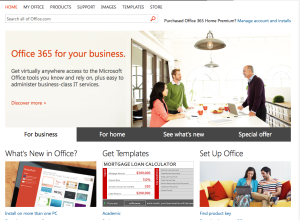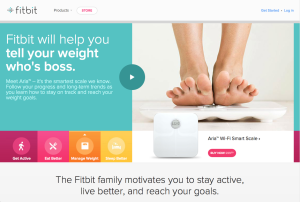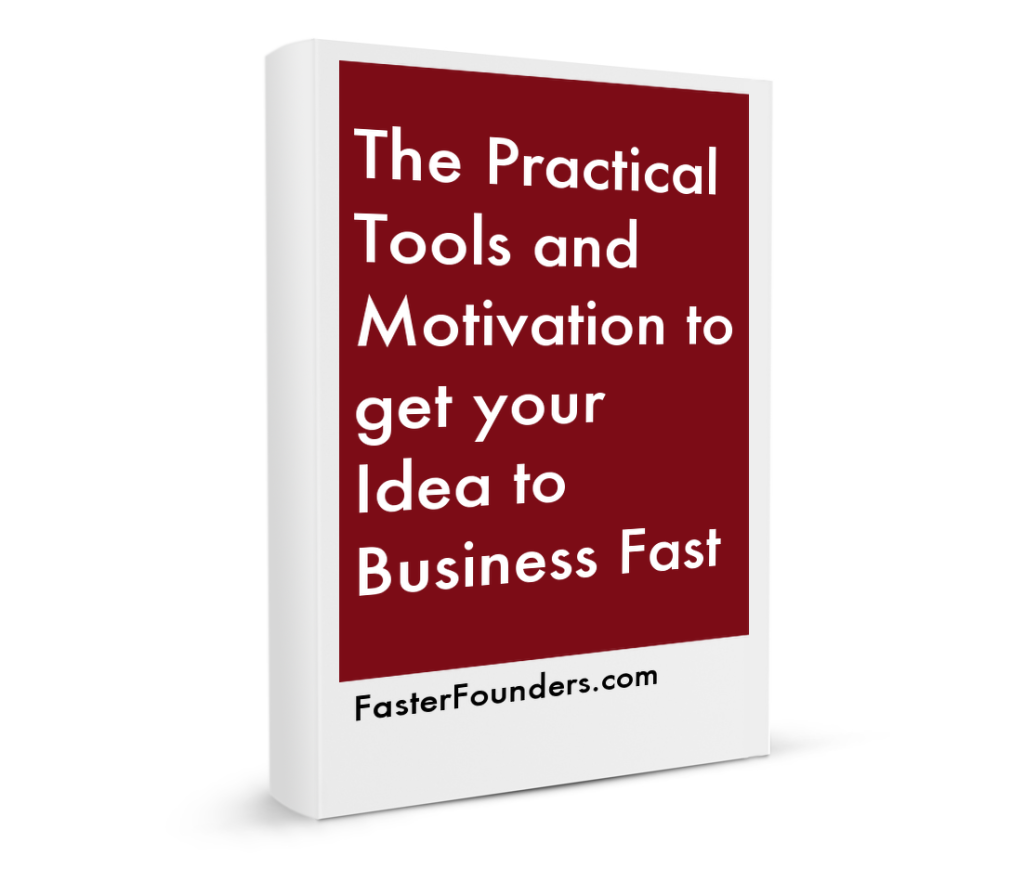
Know what customer value proposition you are offering your customers and be able to explain it.
There are two key areas that your customers are looking for help with, by explaining how your offerings target these you can communicate the value you bring to your target audience in terms they will understand.
The two key areas of benefits are:
- Feast – what benefits can you enhance or provide to your customers through your product or service?
- Famine – what pain is the customer experiencing or what problems can you help them overcome?
What makes a Feast?
The things that your customers are looking for to enhance their ‘Feast’ are:
- Savings – things that are able to reduce costs or remove them entirely
- Faster – being more productive or speeding up processes
- Easier – make life easier and better
- Achievements – gives them more opportunity for greater achievements
What avoids the Famine?
Avoiding the Famine that blights the efforts and opportunities of your customers are:
- Headaches – the things that are frustrating or causing annoyances
- Poor-performance – solutions or processes that are under-performing
- Risks – the things that are causing sleepless nights
- Usability – difficult to use services, software, processes or solutions
- Mistakes – common mistakes that are frequently made and cause re-work or failures
By helping either avoid the famine or increase the feast, you are increasing the value that your customers extract from your offering.
How do I craft my Value Proposition
This is a great skill to develop, the ability to craft a focussed value proposition that enables the reader to understand exactly how your offering will help them.
- What is your offering?
- Who is your target customer?
- How does you offering fix their Famine?
- How does your offering benefit their Feast?
- Why is your offering and not someone else’s the answer to their dreams?
If you struggle to explain the answers to any of the above then go back to your offering and re-think the value it’s giving, otherwise you will really struggle to get people to buy into what we’re going to do next.
What goes into the Value Proposition?
There are only a handful of constituent parts that make up the Value Proposition but when delivered together have a huge impact on the reader.
- Headline
- Sub-headline or Strapline
- Bullet points
- Graphic or Visual
- Action item or Call to action
What are the Success Factors in creating a winning Value Proposition?
In order for a value proposition to be successful it needs to:
- Be Clear! Can be read in 5 secs or less!
- Be Easy to understand
- Explains the absolute results your offering will deliver
- Delivers the reason why going with your offering makes the difference
- It avoids the hype
If your value proposition ticks the boxes above then you should be good to go – take a look at the examples below for a bit more practical guidance on how to put together a winning value proposition.
Examples of Value Propositions


Follow @FasterFounders on Twitter
Get your free eBook – click the book below


